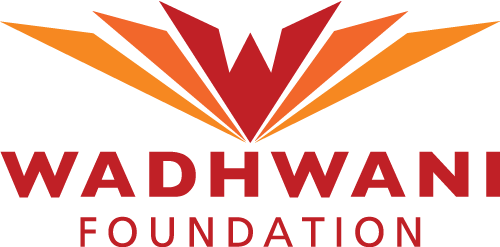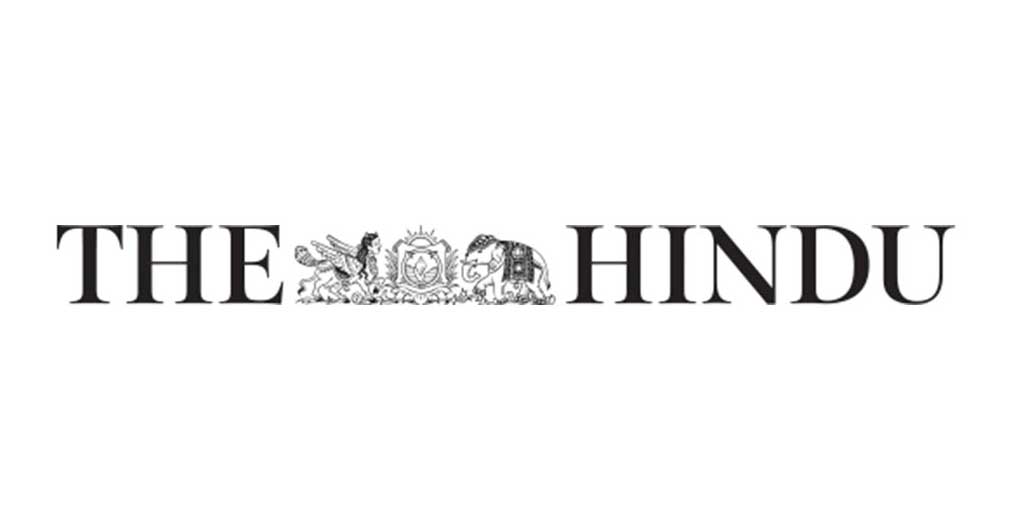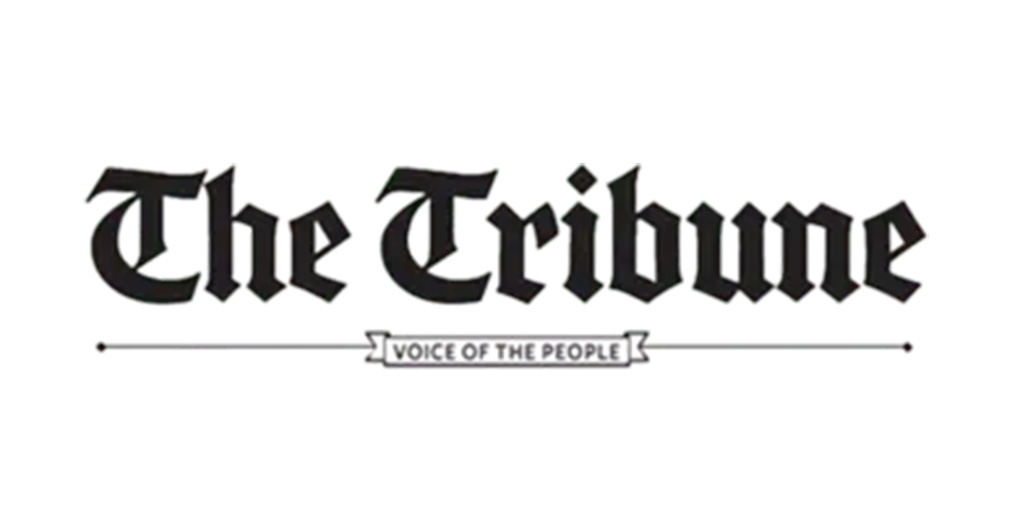Work and workforce need to balance the seesaw between them. The relationship between the two needs to be critically observed, moderated, and of course, balanced.
Por Samir Sathe
High productivity. High performance. Collaboration. Quality. Scale. Speed. Innovation. Outcomes. This is what leaders want.
Empowerment. Work life balance. Social connect. Freedom. Career progression. Psychological safety. This is what workforce wants.
Evidence suggests that in about 70% of the cases, what leaders and workers want, ends up in a dissonance. A trade-off. A compromise. A settlement. A negotiation.
The Experience
Neither leaders nor workers are happy. Push and pull forces the work out of workers, admittedly for some time. Eventually, either the leaders or the workers are forced out of work. Force appears to be a constant. Leaders, workers and work appear to be variables. The fleeting, transient and almost untouchable feeling of achievement eludes the actors almost certainly or does not last long enough to soothe the workforce. And of course, nothing seems to be enough for a super competitive, ambitious worker or leader of this century.
Often the wear and tear of the efforts casting a negative effect on workers shadow the achievements of goals casting a positive effect on leaders.
Besides, the emotional expression of the true feelings is often regulatory and fake. Ask a worker about her innermost feelings. Ask a leader about her innermost feelings. The answers are telling and indicate that the emotional labour (Sandi Mann, 1997) and emotional regulation (Nicky James, 1989) that leaders or workers exercise is often fake or surface acts and not deeply held genuine reactions.
Highly performing enterprises that tend to live longer or stronger (not necessarily both), outsmart their competitors on several attributes. Imagine a utopian enterprise, characterized by all the factors I mentioned in the first two paragraphs of this article. Few come to our minds. Moreover, the celebrated enterprises do not seem to last long enough, as the data on longevity of enterprises since 1960s, suggests. By definition, only few enterprises have achieved it and for some time.
What explains work, workforce and relationship with each other?
The relationship
The relationship of the work and workforce is unique to an individual enterprise. See figure 1.
Work and workforce are almost symbiotic to two seesaw sitters. One lifts and pushes the other. Workers exist because of work and work happens because of workforce. The question is that of balance.
· Work lifts the workforce
See figure 2. In this scenario, work is the dominant motivator (not only, though significant enough to determine the direction of the emotional labour and regulation of the workforce) for the workforce, and not a burden. That propels the workforce upwards, so the more work one does, the higher is the lift. This situation is able to deliver both, what leaders and workers want. The workers do not feel tired, burdened and the feeling of achievement seems to be less transient.
Work pushes the workforce down or Workforce lifts the work
See figure 3. In this scenario, work is the dominant suppressor (not only, though significant enough) to determine the downwardly negative direction of the fake emotional labour and regulation of the workforce. That propels the workforce downwards. Work is burdensome and seizes to be the motivator, forceful enough to lift the workforce upwards. This situation is unable to deliver, what leaders and workers want. The feeling of achievement seems elusive. Workforce or leaders pop out of the seesaw, by force.
Conversely workforce may also lift the work should there be creativity, innovation and spirited upward force, even though the workforce may feel burdened. This situation is although tough and rare in most organisations.
·Workforce pushes the work down
See figure 4. In this scenario, workforce is the dominant suppressor (not only, though significant enough) to do less work. Workforce becomes less productive, resulting in dissatisfactory outcomes and unhappy leaders. This situation is unable to deliver, what leaders want but may deliver what workers want, deceptively. Eventually, the imbalance in the work and workforce stops the seesaw. In this case, its fake emotional expression of deceptive sense of achievement.
In summary, work and workforce need to balance the seesaw between them. The relationship between the two needs to be critically observed, moderated, and of course, balanced. There needs to be a conscious attempt from the workforce to select work that motivates and not suppresses them and for the leaders to select workforce that does not push the work down but that intimately identifies with the work that they want to do in an enterprise. Both are hard but necessary.
The author, Samir Sathe, is Executive Vice President at Wadhwani Advantage.
Fonte: HR World | Economic Times








